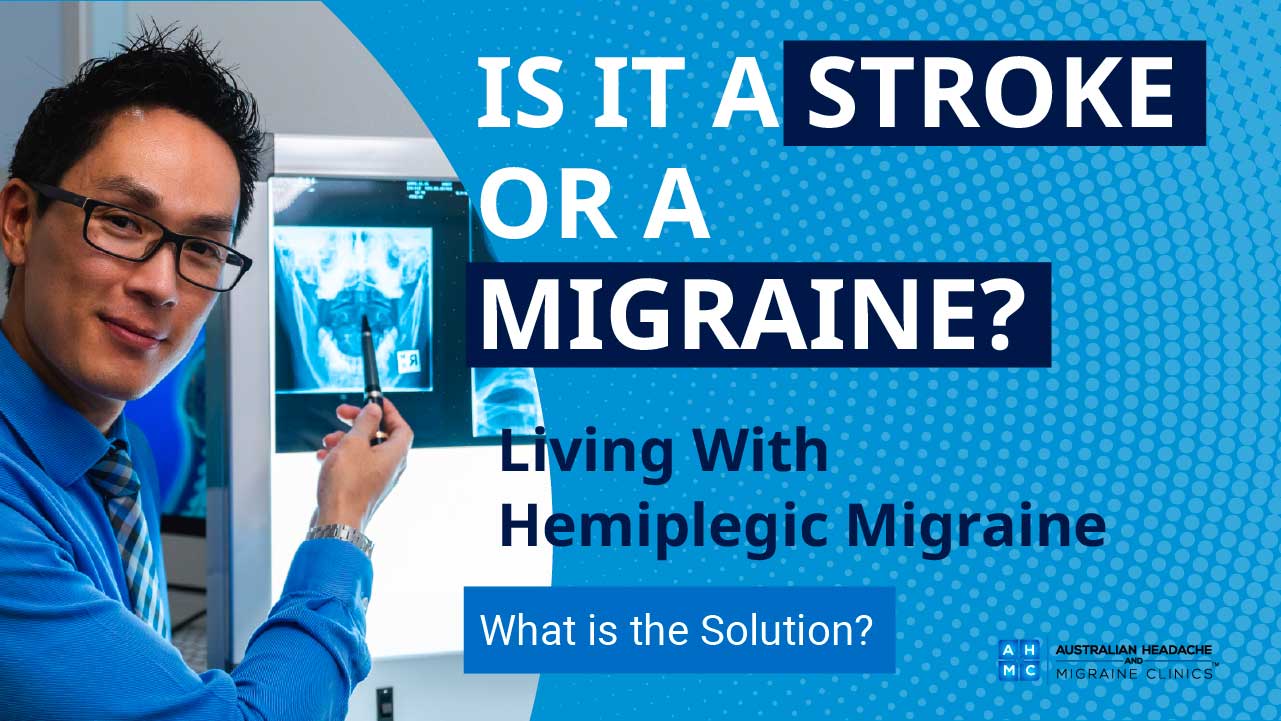I Suffer From Hemiplegic Migraine
Hemiplegic Migraine Treatment
Hemiplegic Migraine (HM) has an unusual and often alarming presentation that can mimic stroke, multiple sclerosis, epilepsy or metabolic disorders. Hemiplegia is a condition where one side of the body is weakened or paralysed.
Technically, Hemiplegic migraine is a subcategory of Migraine with Aura. During a hemiplegic migraine attack, sufferers will experience weakness or paralysis of one side of the body, as well as more typical migraine aura symptoms such as visual, sensory, or speech disturbances.
Read more and learn how our treatment is effective in alleviating or dramatically reducing migraines in 85-90% of sufferers.









